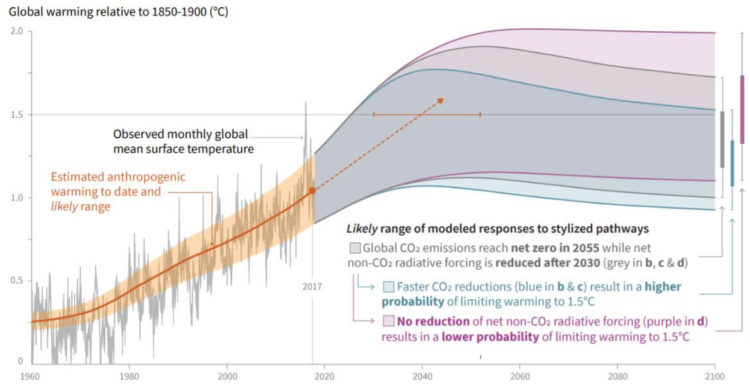Climate change & EVs: inconvenient numbers ?

Are electric cars cleaner for climate change ?
Climate change, air pollution, dieselgate, electrification, gray energy, coal power plants, nuclear transition. Consumers are bombarded with a deluge of connected but often contradictory and confusing information about their personal mobility. This situation is made worse by political and ideological agendae. Faced with confusing inputs, daunting implications and remote consequences, most consumers are tempted to gravitate to the status quo. In an open minded quest for clarity, we poured over studies which examine the climate of footprint of different types of cars.
CO2: transportation matters
On October 9th 2018, the council of european environment ministers settled in favour of a 35% reduction of CO2 emissions by 2030 for manufacturers of passenger cars and vans compared to 2021 targets (95 g/km). The european parliament had asked for 40%. The final figure will have to be negotiated between the parliament and the Commission, but is very likely to fall in the 30 to 40% range, or 57 to 67 g/km. It is very likely that the Swiss Confederation, which is not a member of the European Union, will adopt the same targets.
This decision falls within the context of the release of the IPCC special report on the effects of a 1.5 degC global warming compared to the pre-industrial era. The findings are grim:
The median scenario (in gray) assumes net zero CO2 emisssions after 2055 and projects average temperatures at the surface of the earth. The purple scenario reflects the outcome if CO2 emissions were not to be reduced. This graph also shows that the 1.5 degC is may be reached before 2040. The severity of this situation is recognized by most OECD country governments, with the extremely notable exception of the current United States administration. The next questions is: do cars matter in this global equation ?
The state of transportation
In the European Union’s 28 countries in 2015, the transportation sector represented 25.8% of greenhouse gas emissions. Among different modes of transportation, road transport accounted for 72.9% while aviation and sea were only 13% each. These 72.9% are further split as follows: 44.4% for passenger cars, 8.6% for light duty vans and 18.8% heavy duty trucks. Passenger cars are therefore not a scape goat of climate policies. They are a material contributor to the carbon footprint of consumers, and an inevitable topic when it comes to carbon emissions reduction. The next question is then: do electric cars help ?








